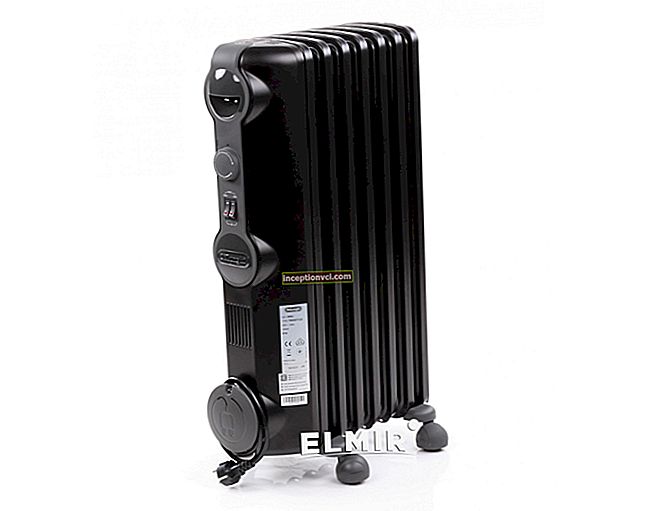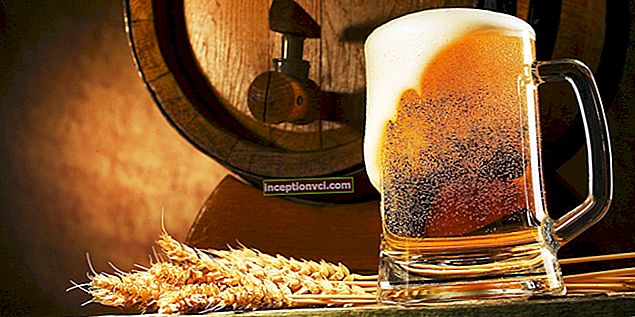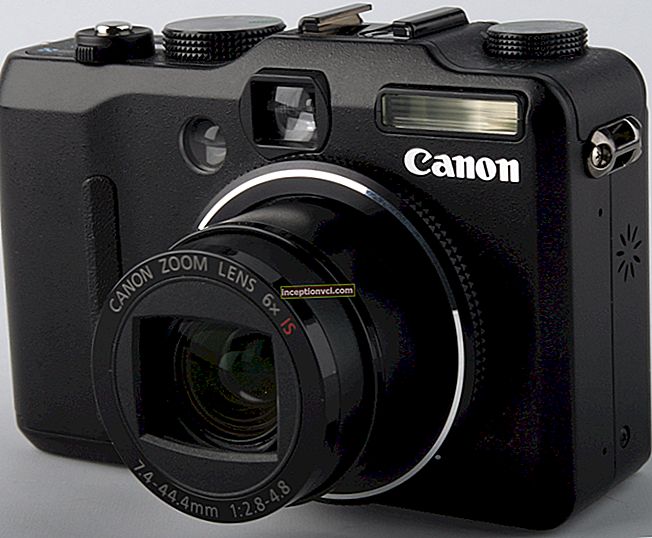Arabica and robusta are like heaven and earth. Arabica beans give the drink an amazing, sophisticated taste. And an exquisite scent. They are used in coffee to make the drink truly invigorating, soft, with the chocolate, nutty or creamy aftertaste that we love so much in coffee.
Robusta is good, but only if it is mixed with arabica: it gives the drink density, bitterness and the coveted persistent creamy foam. And in its pure form, robusta produces strong and bitter coffee with an earthy aftertaste. It contains three times more caffeine than Arabica. Expensive robusta varieties have a specific taste, although some people like it.

Arabica varieties are more expensive than Robusta. And not only because it tastes better. Its yield is lower. And if it grows high in the mountains, then it is valued in a special way. A dense grain contains more aromatic oils, therefore it ripens longer, thoroughly accumulating fragrances.
A variety or blend of grains forms a special taste and aroma of the drink. The finest coffee is made from Arabica beans, while the famous Italian espresso blends contain Arabica with Robusta.
Whatever the coffee gurus say, the Ukrainian mentality is similar to the Italian one. Therefore, if you like delicious coffee, you should try a blend of Arabica and Robusta in different proportions.
- The composition of 100% Arabica is often a mixture of grains from different continents. Coffee will delight you with a soft velvety taste with a pleasant sourness.
- 90% Arabica, 10% Robusta invigorates.
- 80% Arabica and 20% Robusta - the drink has a slight sourness and subtle bitterness. The coffee is unusually thick and thick. Lovers of strong and invigorating espresso just right.
- 70% robusta, 30% arabica - this blend does not sour. But the harmony of bitterness and sweetness makes this invigorating drink delicious in taste.
Coffee lasts up to two years well and does not lose its characteristics. It does not even require special storage conditions. The only thing is that there should be no sources with pronounced smells nearby, because coffee "attracts" them to itself. No wonder they put a jar of coffee in a bad-smelling refrigerator.
Which coffee roast is better
The taste of the drink determines not only the blend, but also the degree of roasting of the beans. When not roasted, coffee beans are light green in color. Depending on the duration of the roasting, it changes. There are ten degrees of heat treatment. The more the beans are roasted, the richer they smell.

Under the influence of high temperature, the grain changes its chemical structure. An irreversible fermentation process takes place in it: the grains increase in volume, open, up to 20% of moisture evaporates from them.
Light roast
Separate several degrees of light roast.
- The first degree is Scandinavian. Grains are fried for a short time and at low temperatures. They do not have time to open up, barely increasing in size. They emit a sour-yeast smell, reminiscent of the aroma of freshly baked bread. This method is suitable for Arabica varieties grown in the highlands of Jamaica and Kenya. Nicaraguan coffee is roasted in the same way. It does not have a dense grain structure. The beans release water even with minimal temperature exposure. The pale brown drink turns out to be weak, with a subtle aroma.
- The second degree of roasting is American or New England. It occurs before the first click (cracking) of the grains. They take on a light brown tint. The drink is brighter, richer, but not expressive in taste. A distinct coffee aroma can be discerned.
- The third degree of roasting is urban. Lasts a little longer after the first click, but does not reach the second.The grains acquire a reddish tint. The smell intensifies, coffee-herbal notes appear in the drink. The color of the coffee turns out to be darker, the taste is pronounced sourness.
Universal roast
For any Arabica and Robusta coffee recipe imported from Brazil, Colombia, Costa Rica and Ethiopia, medium roast is ideal.
- The first degree is city full (full city). Roasters fry until they hear a second pop. Meanwhile, droplets of oil appear on the beans, they darken noticeably due to the caramelization of the secreted sugar. The prepared drink has a beautiful color, breathtaking aroma and balanced viscosity. Sourness and nutty-bitter aftertaste are felt in the taste.
- The second degree of roast is known by many names: French light, Viennese, velvet, business roast, velveteen, etc. Gives dark brown coffee beans a glossy appearance. They exude a bluish smoke from burning oils. And the aroma of roasted coffee is savory. The drink is rich and strong with a coffee bitterness. It reveals caramel and sweetish flavors.
Strong roast
A darker roast than medium gives the beans a chocolate hue. The taste of such coffee is tart with a noticeable bitterness, rich aroma. This is how Guatemalan, Cuban and Brazilian Arabica and Robusta varieties are fried.
- The first degree of roasting is Turkish or French. This occurs until the second bean cracking, until the smell of burnt coffee appears. The finished drink turns out to be viscous and strong, with a bitter aftertaste and caramel notes.
- The second degree is European, Continental, or New Orleans. The grain darkens, cracks and smokes. The main thing is not to overexpose, otherwise it will burn. The coffee turns out to be thick, dense-viscous, strong, with bitter-smoky notes. If the arabica is sugary, it will appear in the drink with a light semitone of burnt sugar.

Dark roast - Spanish, Cuban or Mexican
With dark roasting, the water evaporates from the beans to the maximum. The beans become thin and brittle due to the fact that aromatic oils and saccharides go through a stage of pyrolysis and decomposition. The brewed coffee is thick and strong. Often, top-roasted grains are added to different blends to diversify the flavor palette of the drink.
Italian roast
In this way, espresso blends are prepared. Heavily roasted beans are quickly cooled with a jet of compressed air. To enrich the taste of the drink, it is sometimes re-heat treated. Where coffee is grown, they know: Colombian, Brazilian, Ethiopian, Guinean and Ecuadorian varieties best reveal the taste of the drink.
Two to three days after roasting, carbon dioxide is actively released from the coffee. The grains are left open for three days to ventilate, and only then are they packed in paper bags with a layer of foil. Such packaging does not let in odors, stops oxidation and maintains an optimal level of grain moisture.
Green coffee cannot be used in coffee machines when grinding, because it is dense and clogs the millstones. To clean them, you will have to call the master.
Two-day "aging" coffee is packed in bags with special valves for degassing, through which carbon dioxide is released. And they sell it under the brand name of freshly roasted coffee. But do not get fooled by the marketing ploy when buying coffee in packs with a degassing valve. The beans smell weak immediately after roasting.
The aroma appears gradually, and every day it becomes more distinct. On the tenth, it opens up in full force, and on the twenty-eighth day it begins to slowly fade away. So don't miss this moment: freshly roasted coffee is good for a month, but not from the first days after roasting!
To fully experience the variety of coffee aromas, drink freshly ground, freshly brewed coffee. And you will be happy -))).
Read: "Coffee: health benefits and harms, myths and facts"
Watch the video how to make coffee in a geyser coffee maker









